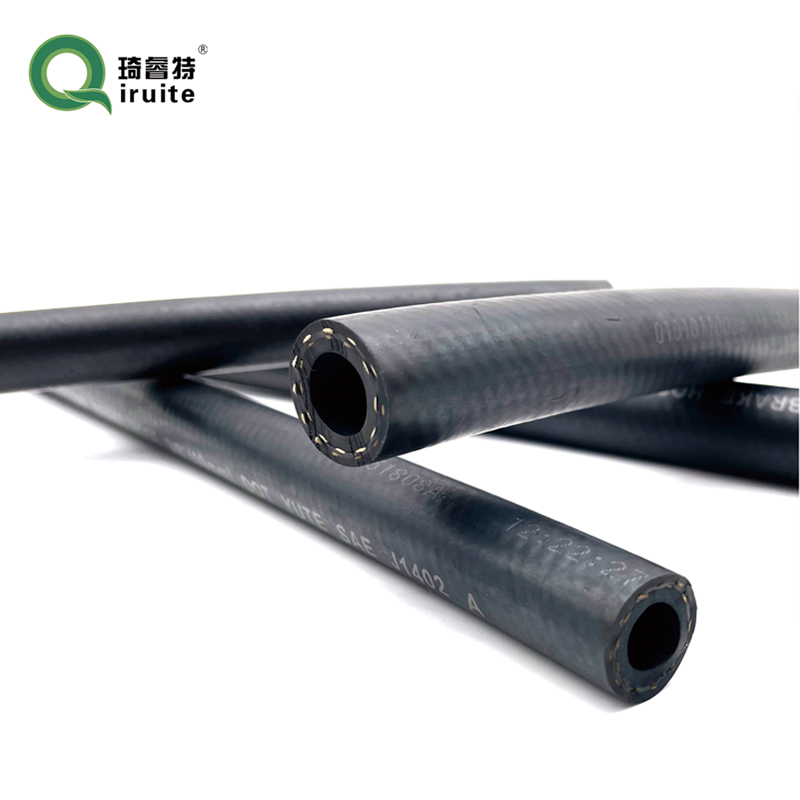Power Steering Hose Installation and Routing Guide for Optimal Performance and Safety
Power Steering Hose Routing Importance and Best Practices
Power steering systems are a crucial component in modern vehicles, providing drivers with the ease of steering control. One key element that significantly impacts the efficiency and functionality of power steering is the routing of the power steering hoses. Proper hose routing ensures optimal performance, safety, and longevity of the power steering system. In this article, we will explore the importance of correct power steering hose routing and offer best practices to achieve it.
Understanding Power Steering Hoses
Power steering hoses are responsible for carrying hydraulic fluid between the power steering pump and the steering gear. The two main types of hoses are the high-pressure hose, which carries fluid from the pump, and the low-pressure return hose, which sends fluid back to the reservoir. Both hoses must be routed properly to avoid kinks, leaks, and excessive wear.
Importance of Proper Routing
1. Fluid Flow Efficiency Proper routing of power steering hoses ensures a smooth and uninterrupted flow of hydraulic fluid. If hoses are bent excessively or kinked, it can restrict fluid flow, causing the power steering pump to work harder. This can lead to decreased responsiveness while steering and can eventually damage the pump.
2. Heat Management Power steering systems generate heat during operation, and hoses are susceptible to elevated temperatures. When hoses are routed too close to hot engine components, they can suffer from heat-related damage. Proper routing keeps hoses away from high-heat areas, prolonging their lifespan and maintaining the efficiency of the steering system.
3. Vibration and Movement Absorption Vehicles experience a lot of vibrations and movements while driving. Proper hose routing considers these factors, allowing for some flexibility while avoiding abrasion against sharp edges or other components. This consideration helps to prevent premature wear and tear of the hoses.
4. Ease of Maintenance A well-planned routing of power steering hoses makes it easier for mechanics to access and inspect the system during routine maintenance. This can help in identifying potential issues early on, such as leaks or wear, ultimately saving time and reducing the risk of more severe problems.
power steering hose routing

Best Practices for Power Steering Hose Routing
To achieve optimal power steering hose routing, consider the following best practices
1. Follow Manufacturer Guidelines Always refer to the vehicle manufacturer’s service manual for specific routing instructions. The manufacturer typically provides diagrams and routing recommendations that consider the vehicle's unique design and specifications.
2. Minimize Sharp Turns Avoid creating sharp bends in the hoses. Gentle curves allow for greater fluid flow and reduce the risk of kinking. Use appropriate brackets and fasteners to secure hoses in place without forcing bends.
3. Use Insulation and Shields When routing hoses near hot or abrasive surfaces, consider using insulation blankets or protective shields. This helps protect the hoses from heat and physical damage.
4. Check for Clearance Ensure that hoses have enough clearance from moving parts, hot surfaces, and sharp edges. This reduces the likelihood of damage due to contact with other components during vehicle operation.
5. Regular Inspections Conduct regular inspections of power steering hoses. Look for signs of wear, cracks, or leaks. When inspecting, check the routing; if you notice any unusual bends or points of contact with other parts, address them immediately.
6. Maintain Proper Length Use hoses that are adequately sized for the specific application. Hoses that are too long can lead to unnecessary slack and potential for kinking, while hoses that are too short may not reach their connections properly, leading to leaks.
In conclusion, proper power steering hose routing is essential for maintaining the efficiency and reliability of a vehicle’s steering system. By following best practices and adhering to manufacturer recommendations, drivers can ensure smoother steering, better heat management, and easier maintenance. This attention to detail not only contributes to vehicle performance but also enhances safety on the road. Remember, a well-routed power steering system is an investment in the longevity and reliability of your vehicle.
-
Ultimate Spiral Protection for Hoses & CablesNewsJun.26,2025
-
The Ultimate Quick-Connect Solutions for Every NeedNewsJun.26,2025
-
SAE J1401 Brake Hose: Reliable Choice for Safe BrakingNewsJun.26,2025
-
Reliable J2064 A/C Hoses for Real-World Cooling NeedsNewsJun.26,2025
-
Heavy-Duty Sewer Jetting Hoses Built to LastNewsJun.26,2025
-
Fix Power Steering Tube Leaks Fast – Durable & Affordable SolutionNewsJun.26,2025

